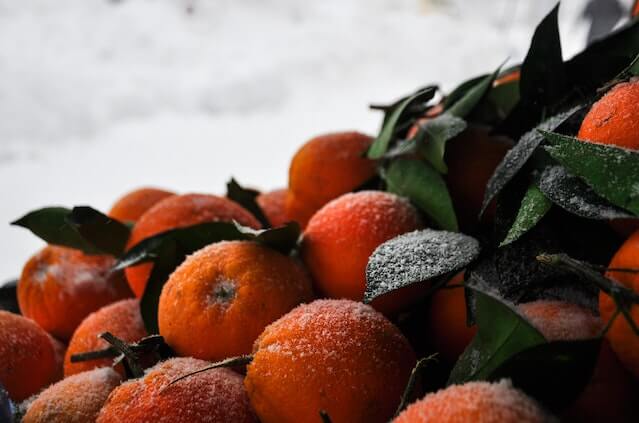
Nurturing the Winter Soil: Protecting Integrity and Ensuring Spring Vitality

As the temperatures drop and the world is blanketed in snow, the soil beneath our feet may seem dormant and lifeless. However, beneath the frozen surface, a remarkable and crucial transformation takes place during the winter months. Understanding what happens to your soil during this period and taking steps to protect its integrity can significantly impact the health of your garden or farmland come springtime. In this blog, we'll explore the fascinating changes that occur over the winter in your soil and discuss some effective ways to safeguard its vitality. Additionally, we'll explore several products that can assist in the protection process.
Winter Soil Dynamics
Contrary to appearances, winter soil is far from inactive. The winter months bring about several important processes that shape the health and fertility of the soil:
-
Freeze-Thaw Cycles: As temperatures fluctuate between freezing and thawing, the water in the soil expands and contracts. These freeze-thaw cycles help break up compacted soil, enhancing its structure and porosity, allowing for better water infiltration and root penetration.
-
Decomposition: While microbial activity slows down during winter, it does not cease entirely. Beneficial microorganisms continue to break down organic matter, releasing essential nutrients that enrich the soil.
-
Nutrient Retention: The cold weather reduces nutrient leaching, meaning valuable nutrients are retained in the soil, rather than being washed away.
-
Root Systems: Deep-rooted plants, including cover crops and perennials, can continue to grow their root systems during winter, further improving soil structure and stability.
Protecting Winter Soil Integrity
To preserve the health and integrity of your soil over the winter, consider implementing the following practices:
-
Mulching: Apply a layer of organic mulch, such as straw, leaves, or compost, to insulate the soil and protect it from extreme temperature fluctuations. Mulching also helps retain moisture and suppress weed growth.
-
Cover Crops: Sow cover crops before winter sets in to protect the soil surface from erosion caused by heavy rainfall or snowmelt. Cover crops also add organic matter when they decompose, enriching the soil with nutrients.
-
Avoid Compaction: Refrain from walking or driving on the soil when it is wet or frozen, as this can lead to compaction and disrupt soil structure.
-
Compost Application: Adding compost before winter can boost soil organic matter and nutrient content, providing a nutrient reservoir for spring growth.
-
Limit Chemical Inputs: Reduce or eliminate the use of chemical fertilizers, herbicides, and pesticides during winter to protect soil microbes and avoid potential runoff.
Products to Aid Winter Soil Protection
Several products can assist in safeguarding the winter soil and enhancing its vitality:
-
Winter Row Covers: These protective covers shield vulnerable plants and crops from harsh winter conditions, acting as a barrier against frost and wind damage.
-
Biodegradable Mulch Films: These eco-friendly films serve as an alternative to traditional plastic mulches, providing the benefits of mulching while naturally breaking down over time.
-
Mycorrhizal Inoculants: These beneficial fungi help establish a symbiotic relationship with plant roots, enhancing nutrient uptake and promoting healthier, more resilient plants.
-
Winter Cover Crop Seeds: Choose cover crop seeds that are suited to your region's winter climate. Common choices include winter rye, clover, and hairy vetch.
-
Compost Tea: A nutrient-rich liquid derived from compost, compost tea can be applied to the soil to boost microbial activity and nutrient availability.
While winter may seem like a period of inactivity, your soil is continuously at work, preparing for the coming spring. By understanding and protecting the winter soil dynamics, you can set the stage for a successful growing season ahead. Embrace practices like mulching, cover cropping, and compost application to maintain soil integrity and fertility. Utilize the available products to assist in soil protection, promoting a thriving garden or farm that will reap the rewards of your winter efforts. Remember, a healthy soil is the foundation for bountiful harvests and resilient ecosystems throughout the year.
